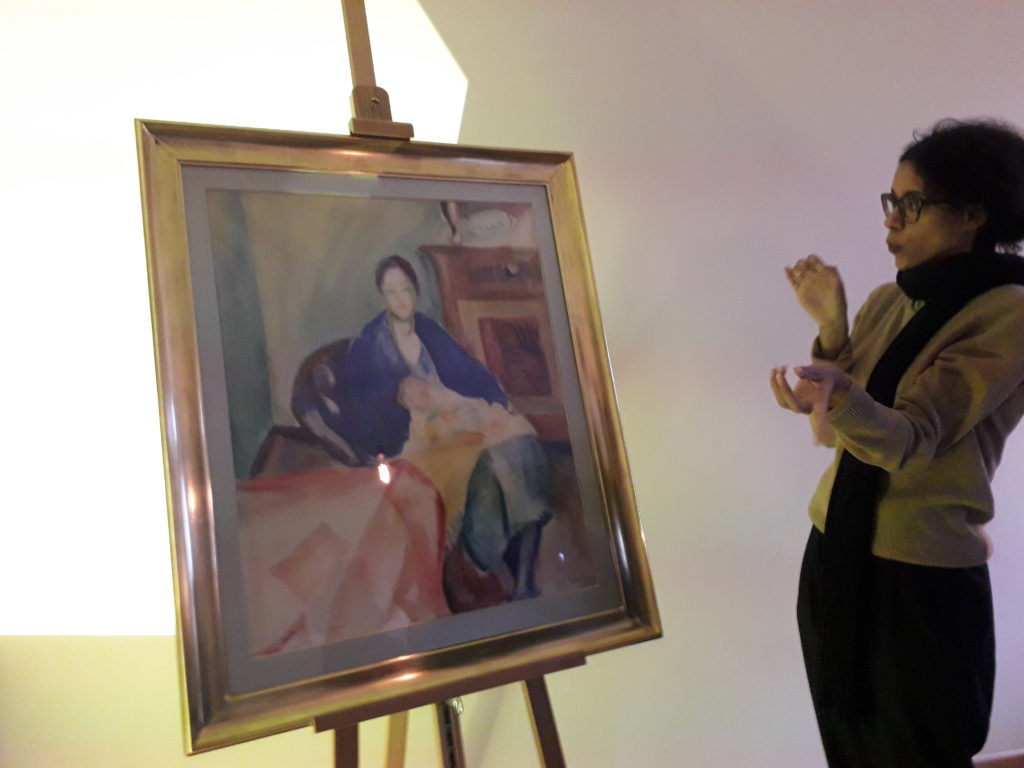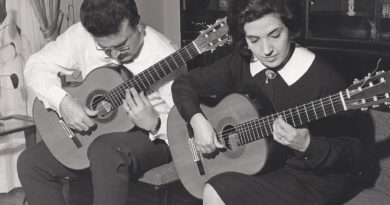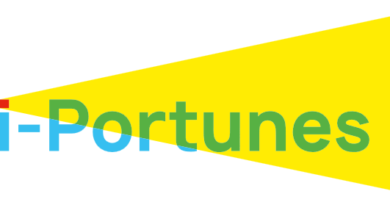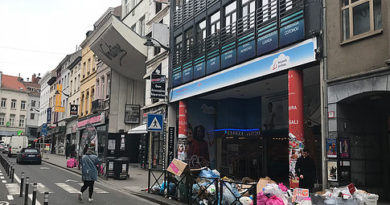10 pieces of art leave the Ixelles Museum to be exposed in people’s homes – Meet the host families
Even though the museum is temporary closed, the Musee d’Ixelles is reaching out to local residents through a unique initiative. Since March 2018, the building has been under renovation and major expansion. Meanwhile, the institution aims to increase the museum’s visibility within its urban context through engaging projects.
The museum reminds us of its existence through an alternative exposition which had high visibility this weekend. Two weeks a year, ten works of art from different periods leave the museum storage and are displayed in Ixelles residents’ homes.

How does it work?
The neighbours of the museum host a work of art of their choice. The neighbourhood of Ixelles is divided into six smaller regions and every few months the event is focused on one area so everyone can participate when their turn comes. On Saturday the host showed the artwork to the other 9 participants, family and friends. On Sunday he/she warmly opens his/her home and welcomes visitors from all over Brussels.
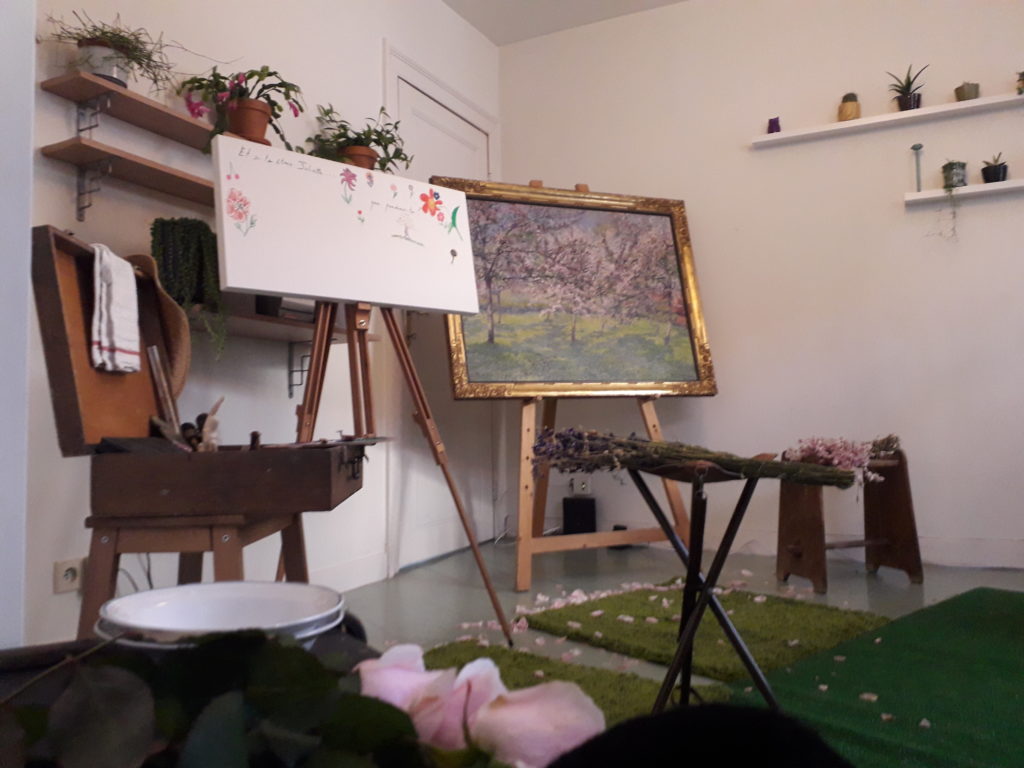
Not only that, the hosts display the work of art in an original context in beautifully decorated rooms. They become guides who familiarise the visitors with the background of the author or share more information about the painting or sculpture. This is another way of experiencing an artwork. Being so close to it in an informal environment leaves you with a completely different impression. Moreover, it is a great way to meet new people — exchanging views and sharing a cup of coffee at someone’s living room.
Brussels Express visited the exhibition and interviewed a few hosts about their motivation and experience as participants in the event.
Rodin, Wytman, Graverol, Schirren
Our first stop is the house of Laetitia & Axel where they exhibit a bronze sculpture of Auguste Rodin named Suzon. Rodin created this bust of a woman in 1872 whilst he was in exile in Brussels. Axel says: “We were approached by friends who heard about the project. We visit quite often Musee d’Ixelles and, being associated as neighbours to the museum, this initiative was very appealing to us. We are happy to receive people at our place and appreciate together the beauty of Suzon. The project has three dimensions: It’s a relationship not only with the museum, not only with the sculpture itself but also with the visitors and people from the neighbourhood.”
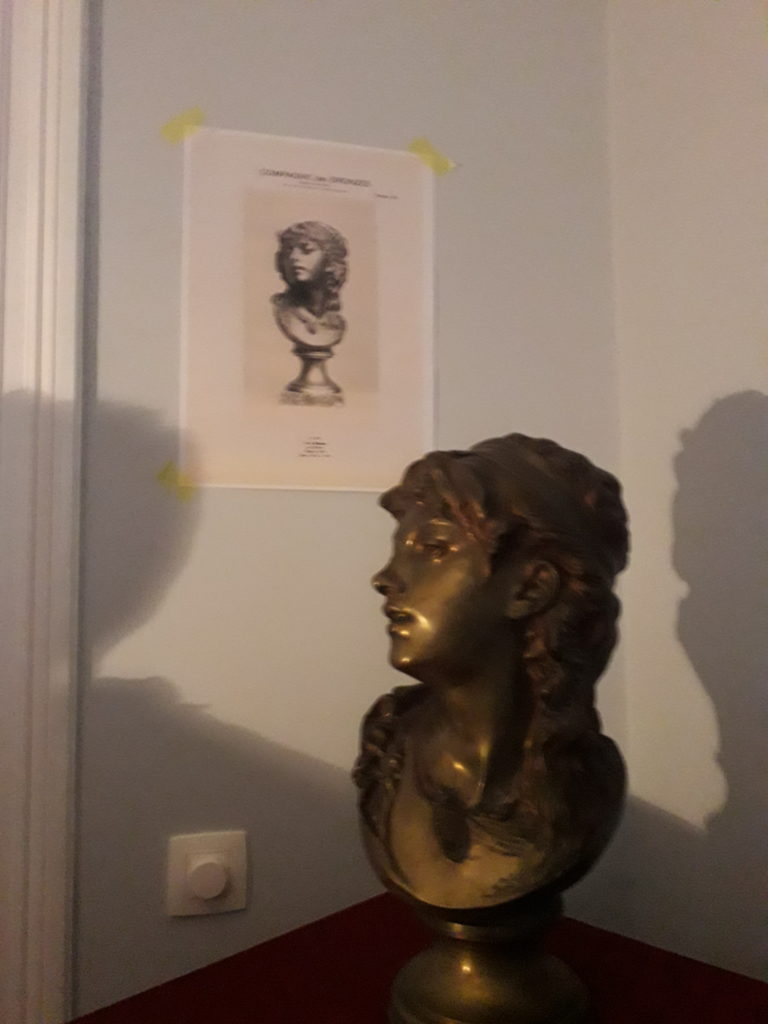
Axel said they lost count of the people who visited their house but the front house volunteer counted that around 3 o’clock, 140 people have seen Rodin’s work. A similar number of visitors came to the apartment of Ines, who hosted the big canvas ’Cerisiers en fleurs’ by Juliette Wytman.
“For me it is an opportunity to have a masterpiece inside my house and I’m happy to bring the artwork out of the museum to be seen by the public. It’s more intimate and we have the possibility to create our scenography around it.”
She surrounded the painting with roses, paintbrushes and artistic objects. “We put a part of ourselves in this project.”
Just a few steps further we arrive on the doorstep of Sinead, Christian, Jack, Kiera & Ryan. The entrance hall is decorated with colourful feathers and inside the house there is a board of public interpretations of the surrealist painting the family shows.
For Sinead, « it is a very mysterious work, I see it through a perspective of someone who is underwater and sees the eclipse. I find it really relaxing and captivating. The most important thing for me is that we present a woman artist. There is no title of the painting, so everyone can make their own interpretation of what it means. These are the two main reasons we chose this particular work. We had never heard of Graverol before and it was a discovery for us that there was a whole circle of Belgium surrealists she was part of. She painted at the same time as Rene Magritte but she never had the same exposure. Jane Graverol also had a very difficult personal life and I think that was the reason. It was fantastic to discover the different range of things she had done and she used to live right next to our house. The painter was inspired by the Natural History museum and the ambiguous cosmos.’’
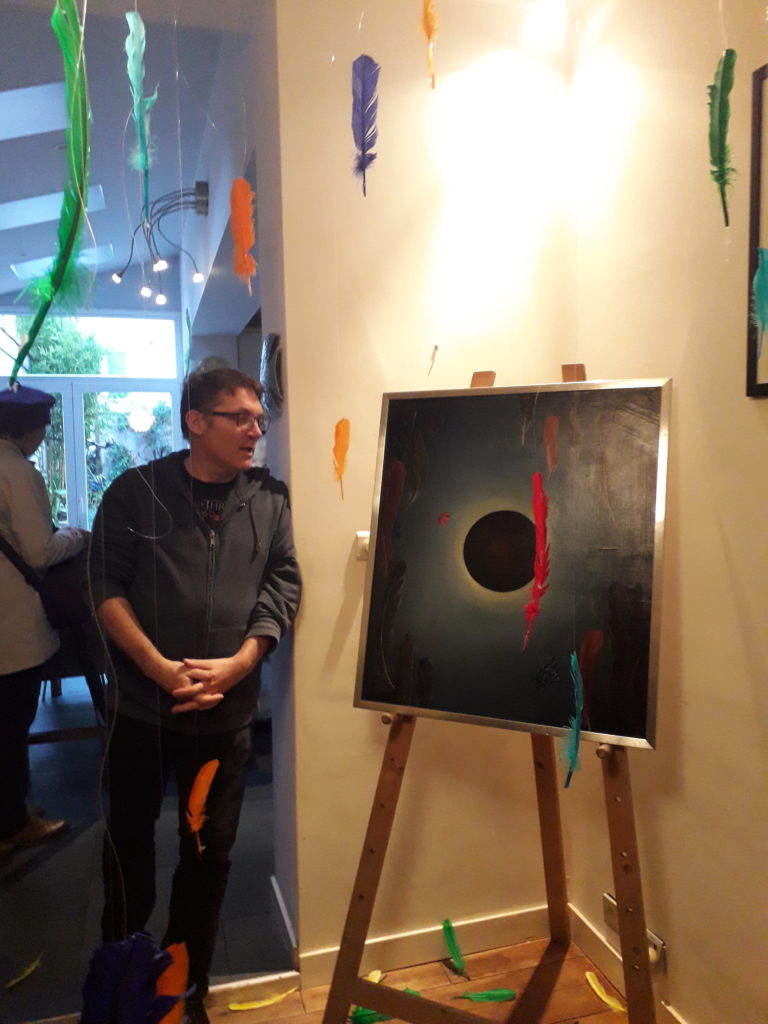
Our last stop will be the cosy house of Alexandra & Christos who host the painting ’Mere et enfant’ by Ferdinand Schirren. Classical piano music plays on the background and big white canvas for recreating the painting by the public, soft lights for a full immersive experience.
« It’s really nice to open up the house like that. Having such a work of art in our living room is totally different. It becomes a collective moment and changes how you see the art. As an expat, it also increases the feeling that you become part of Brussels. It adds value to Brussels and this alternative exhibition creates an opportunity to meet new people. »
With a full expertise and understanding of Schirren’s work of art, the friendly couple shares that the painter “usually chooses interior and everyday life scenes. One of his most famous paintings is ’The woman with the piano’. We find it very relevant to our everyday life and introducing it to our apartment. Showing a painting of an everyday middle class of that period in an apartment of a contemporary middle class in Brussels.’’
